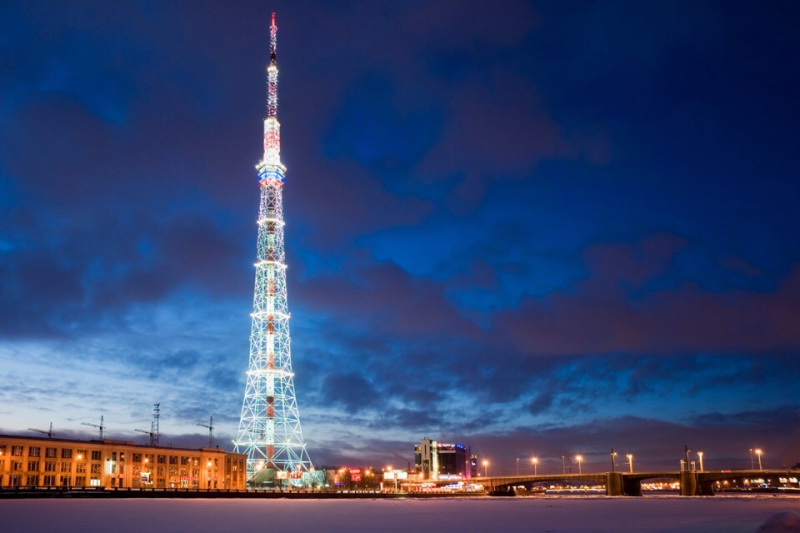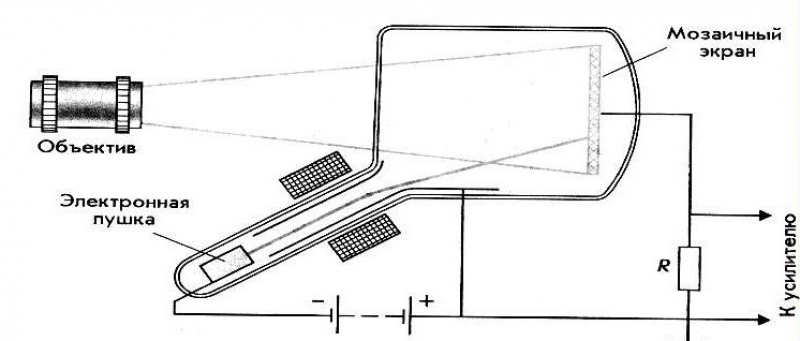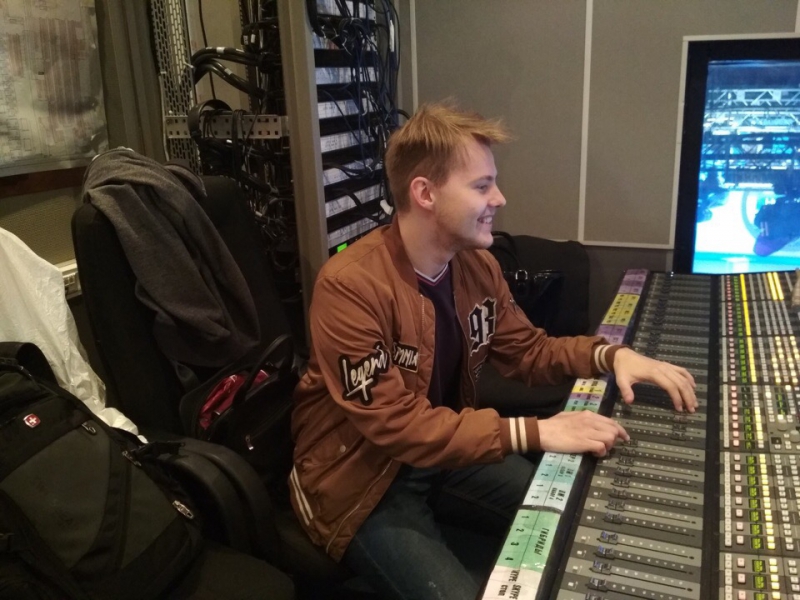Master's student
History of TV in Leningrad and St. Petersburg
This year Petersburg TV celebrates its 80th anniversary. On this occasion, I visited the St. Petersburg Television Center. The theme of the history and development of television seemed to me very interesting. Plunging into the past, I found quite a lot of new and amazing facts for myself. I hope that you will also find something that you did not know or refresh your memory.

The history of television begins in 1907, when the professor of the Technological Institute, BL Rosing, invented the method of recording and reproducing images using a system of electronic scanning (line transfer) in a transmitting device and an electron-beam tube in a receiving apparatus, that is, for the first time "formulated" the basic principle of the device and operation of modern television. The process of creating the transmitter was delayed and was realized only in 1930 with the help of the Nipkov disk.


On June 29, 1938, the Experienced Leningrad Television Center (LTC) began its work at the address: Akademika Pavlova Street, 13.

Since September 1, 1938, broadcasting has begun. LTC was the first telecentre in our country, working on an electronic system. During World War II, the broadcast was cancelled. The Leningrad Television Center resumed its work in 1948. And on May 1, 1949, a broadcast was held dedicated to the festive demonstration on Palace Square.
In 1956, the construction of the Leningrad TV Tower began (the full name is the Television Tower of the Leningrad Radio and Television Broadcasting Center). The television tower is about 310 m high (architect V. S. Vasilkovsky). This allowed watching TV and listening to the radio not only in the city, but also in the Leningrad region.
In 1963, on the 6 Chapygina street, the largest television center in Europe was built with 21 studios.

At the St. Petersburg Television Center there are currently studios of two channels: "The Fifth Channel" and "St. Petersburg". I was told how the news presenter looks at the camera and reads the text so that I can these what it’s like to be in the role of the news anchor. This is done with the help of a special teleprompter, in which the camera is located behind a specially polarized screen, where the text runs.
Also, I watched who and how to make news. Quietly and carefully watching the broadcast, team members convey important information to each other and count down to a certain event, coordinating their actions. The team consists of: a director, a sound engineer, editors and an engineer. The director is responsible for the picture on the TV screen, the sound engineer — for the sound, the editor — for the content, and the engineer for the equipment's serviceability.

In general, for me the visit to the television center was fascinating. Still, it's not every day that you can see the work of the oldest television from within. How much work has been done in these 80 years so that we can get news quickly, watch sports broadcasts, favorite movies and interesting programs. Although the Internet is becoming more widespread, I am sure that television will continue to develop and will also have a wide audience.
